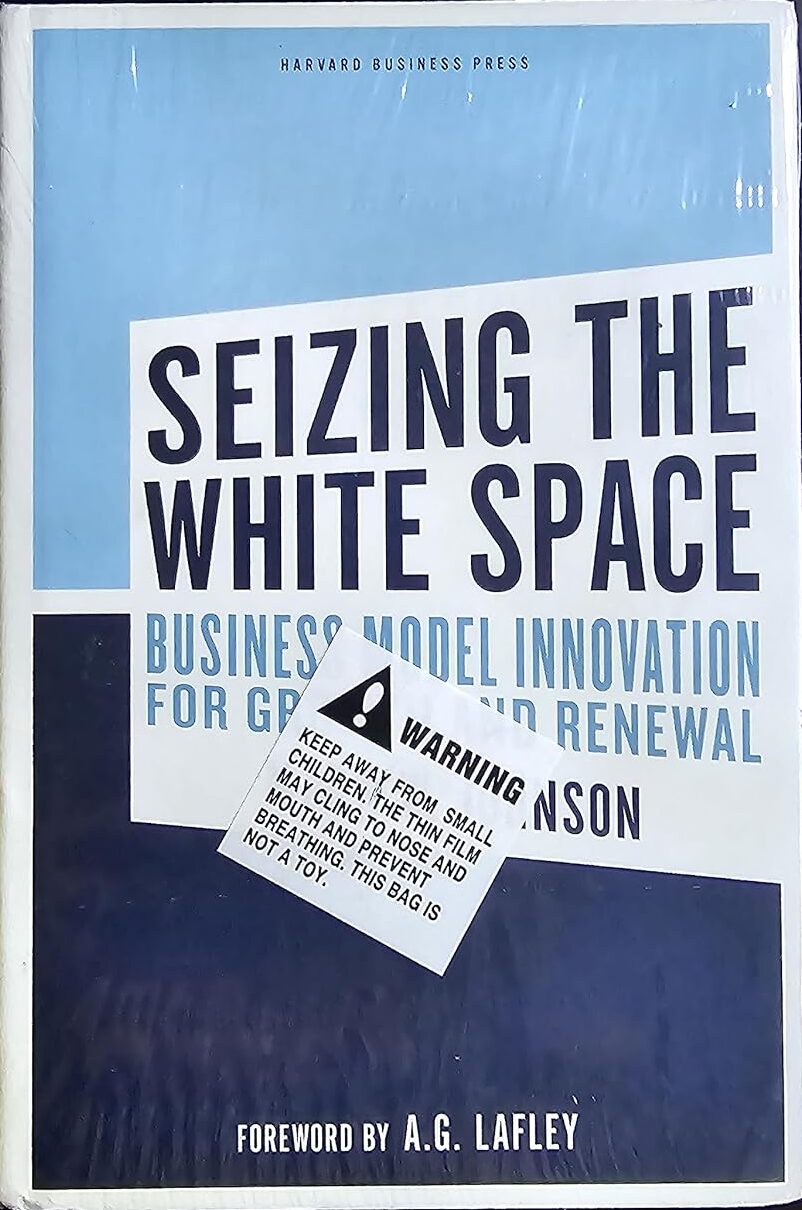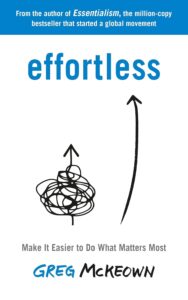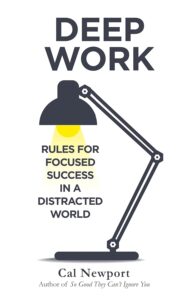Unlocking Growth: Embracing White Spaces in Business Innovation
"Seizing the White Space" by Mark W. Johnson explores business model innovation, emphasizing opportunities outside core operations, exemplified by Hindustan Unilever's Shakti Initiative.
Subjects: Strategy
As future business leaders, it’s essential to be well-versed in the nuances of business innovation. Let’s delve into a text that should be on every MBA student’s reading list: ‘Seizing the White Space‘ by Mark W. Johnson. Published in 2010, this book offers a deep dive into strategic innovation and business model transformation.
In the dynamic landscape of business, where disruption is the norm, understanding the concept of ‘white space’ becomes paramount. Johnson defines this as the opportunities that lie outside of a company’s existing core and adjacent businesses. These are areas often overlooked, yet they can be the very catalysts for transformative growth and renewal.
One of the foundational themes Johnson touches upon is the evolution from oral to written speech, drawing insights from Walter Ong. This transition, from auditory to visual space, is not merely a historical footnote. It underscores the shifts in communication paradigms and their implications for business. Think about the rise of digital platforms, the power of content marketing, and the strategic importance of brand narratives in today’s digital age.
Case Study
Now, let’s delve into a case study that Johnson elaborates on, which I believe will resonate with many of you given its significance in the Indian market: Hindustan Unilever’s Shakti Initiative. When Hindustan Unilever sought new opportunities, they envisioned a model to break wealth and access barriers, aiming to tap into the vast pool of nonconsumers. Inspired by the microfinance model of Grameen Bank in Bangladesh, they conceptualized the Shakti Initiative. This venture partnered with village self-help groups, creating a sales force termed the “Shakti Ammas” – women from these villages. These women, many with little or no business skills, became direct representatives for Hindustan Unilever in their respective villages. By 2007, the Shakti Initiative had expanded significantly, reaching millions of homes across India.
Business Models
Now, let’s pivot to the core concept of business models. Johnson defines a business model as a representation of how a business creates and delivers value, both for the customer and the company. Surprisingly, many businesses struggle to articulate their business model clearly. Johnson introduces a four-box business model framework, focusing on the essential elements of value creation. This framework provides a structured approach to understanding and innovating business models, offering a roadmap to new possibilities for innovation, transformational growth, and renewal.
In reflecting on ‘Seizing the White Space,’ Johnson’s work emerges as a masterclass in business model innovation. His synthesis of theory, real-world examples, and actionable strategies offers a holistic guide for those looking to navigate and lead in the complex world of business.




